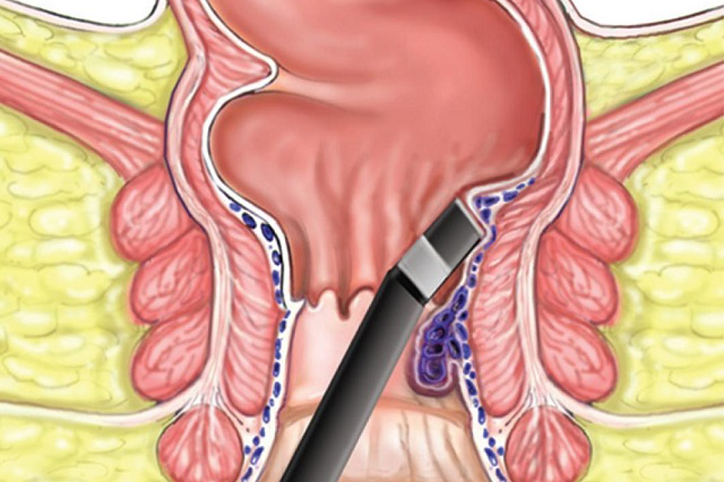
OBESITY
The degree and severity of obesity is determined Depending on the weight, age and height of the patient
One of the following operations has been approved:
- Stomach Botox
- Stomach balloon
- gastric sleeve
- Gastric bypass
Stomach Botox:
It is a simple one-day procedure (without hospitalization) Performed by endoscopy where Botox is injected into certain parts of the stomach, causing loss of appetite and reduces the desire to eat. It is a temporary process that leads to a slight weight loss and its repeatable if needed every six months.
Stomach balloon:
The medical Gastric balloon is also implanted endoscopically inside the stomach cavity. The balloon fills a large part of the stomach space, which leads to a quick fullness feeling and inability to eat large quantities of food, which leads to moderate weight loss. The balloon is also a temporary procedure where the balloon can be removed after six months or a year depending on the need.
Modern self-dissolving balloons also available so that the patient does not have to do an operation to remove them, as they are removed automatically after six months or a year, depending on the type of balloon
Gastric sleeve:
It is a surgical endoscopic operation in which 70-80% of the stomach is removed and the other part of the stomach remains, preserving the physiological functions of the stomach, which reduces the complications of surgical work and nutritional deficiency following previous obesity operations.
This process is currently called the “Sleeve” process and the operation is used in cases of moderate and slightly above-average obesity
Gastric bypass:
This process bypasses the stomach and part of the small intestine, and the stomach loses its full function. This process leads to severe weight loss. We resort to this procedure in sever obesity cases.
Despite the complications of the operation such as nutritional deficiencies and vitamins which can be corrected by medications, it is 100% reliable if performed correctly by an expert surgeon to reduce weight to the ideal weight within short period and it’s currently being performed by endoscopy.
To select the appropriate option for you, click on the link below now to get a free consultation from our medical consultant.
Laser Hemorrhoid Plasty


